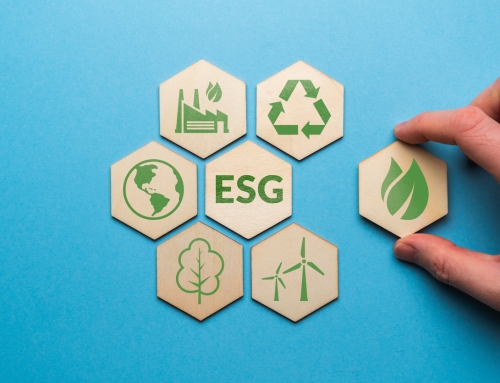Video Transcript
Say your company has just instituted some lofty sustainability goals, where 20 percent of generated electricity should be from solar or wind energy. But, you don’t have the land space for a wind farm or you don’t have the roof space for solar panels.
In today’s Two-Minute Tuesday, we’re going to talk about off-site renewable assets and how this might be a solution for your company.
What is an off-site renewable asset?
An off-site renewable asset is a structure deal, usually in the form of a Power Purchase Agreement (PPA), that involves a commitment to take power from a dedicated asset — usually a green one, such as a solar field or a wind farm.
Who’s a good fit for this?
There are three general parameters for someone who’s a good fit for an off-site renewable asset.
- You want to make sure that the site that you’re picking has planned longevity (think 10-15 years).
- The location doesn’t have the ability to house a green asset like solar panels on the roof or enough land for a wind farm adjacent to the facility.
- Your company or organization has sustainability goals.
A recent example of this is General Motors. Obviously, they’re a very large energy user and they had a sustainability goal of having 20 percent of their electric energy generated through a renewable source. They picked the HillTopper Wind Farm in Logan County, Illinois, to provide 100 percent renewable energy to their Ohio and Indiana facilities.
These facilities have been around a long time, and they’re going to stay around for quite awhile. So, they committed to the HillTopper Wind Farm to provide the 100 percent renewable electricity, and they met their sustainability goals. They did this through a Power Purchase Agreement.
Economic Considerations
Let’s talk about the economics behind an off-site renewable asset. In the General Motors example, they signed a Power Purchase Agreement and agreed to take a percentage of their power from that asset (in this case the HillTopper Wind Farm) at a designated rate.
The good news is these rates are usually below what “brown” power is and gives your location budget certainty for many years to come. These Power Purchase Agreements are sometimes 10, 15, or even 20 years or longer, so the longevity of your site is very important.
If there are any residual energy needs, say that facility increases usage and needs to take more, that’s typically pulled from the grid.
Want to learn more?
That’s just a brief overview of off-site renewable assets, who might be a good fit for them, and the economics behind them. If you’d like to engage in further conversation about this or just green energy in general, I’d love to hear from you. If you found this video helpful, please like, share, or comment below.
Thank you for watching!









Leave A Comment